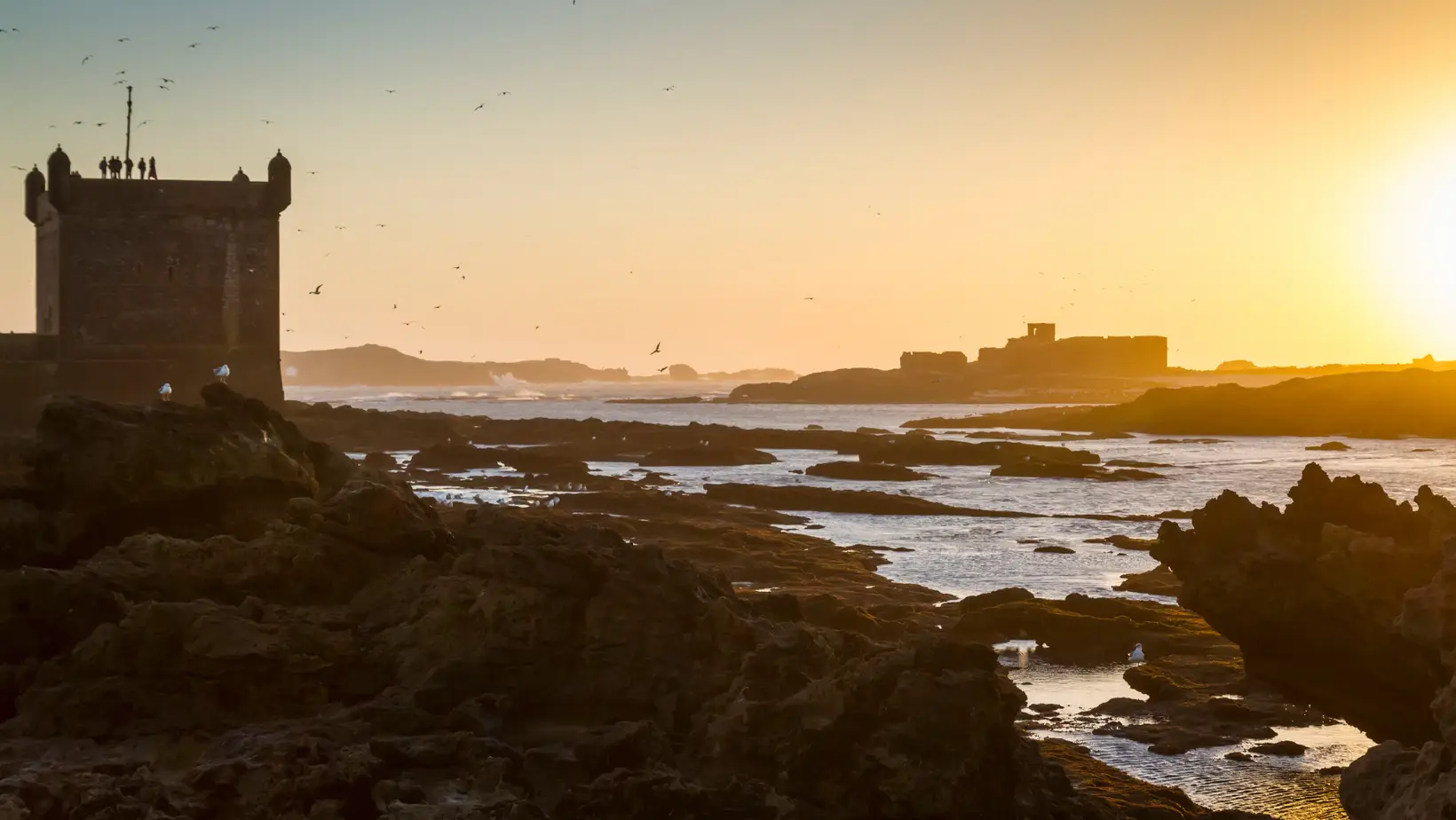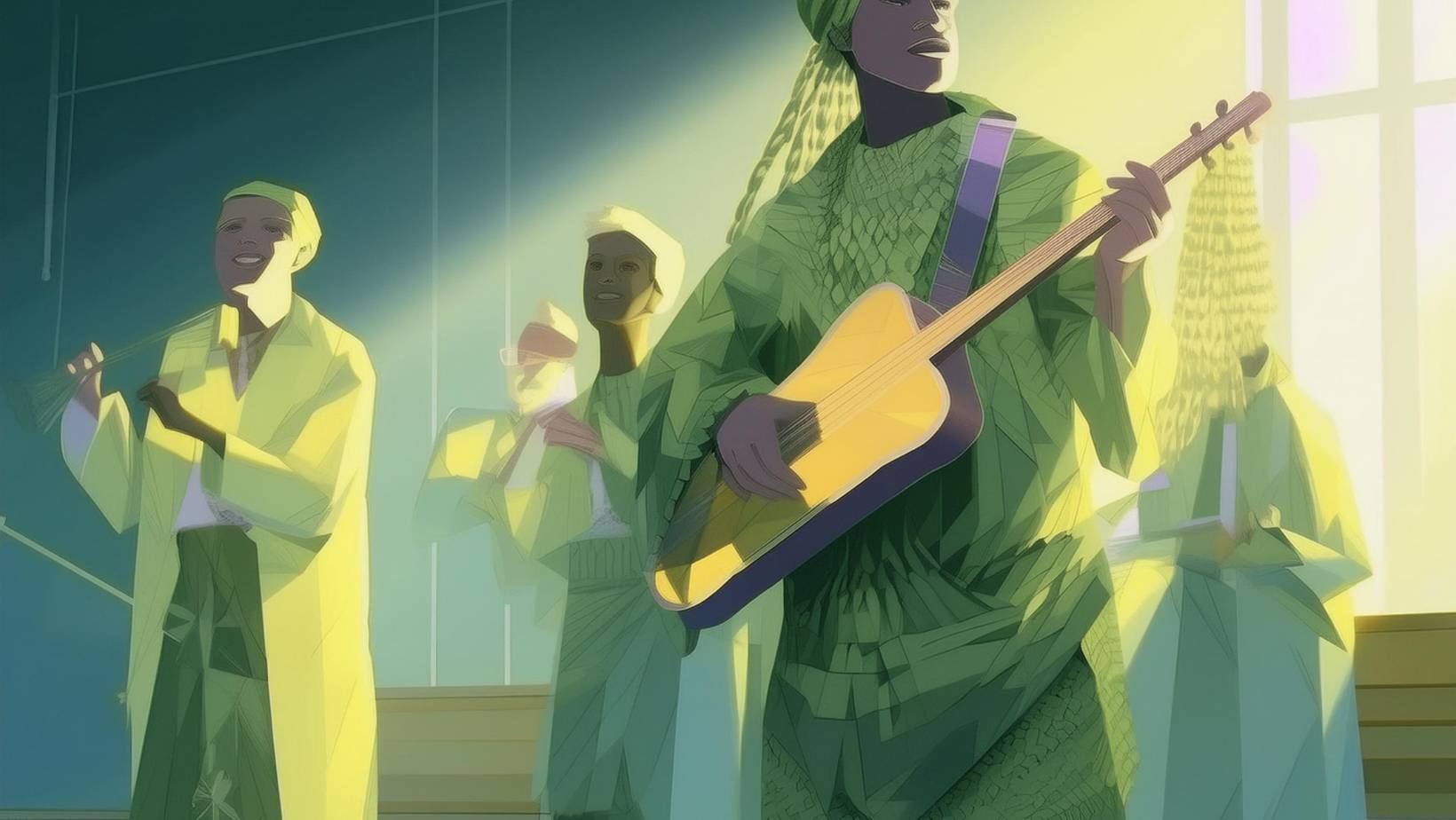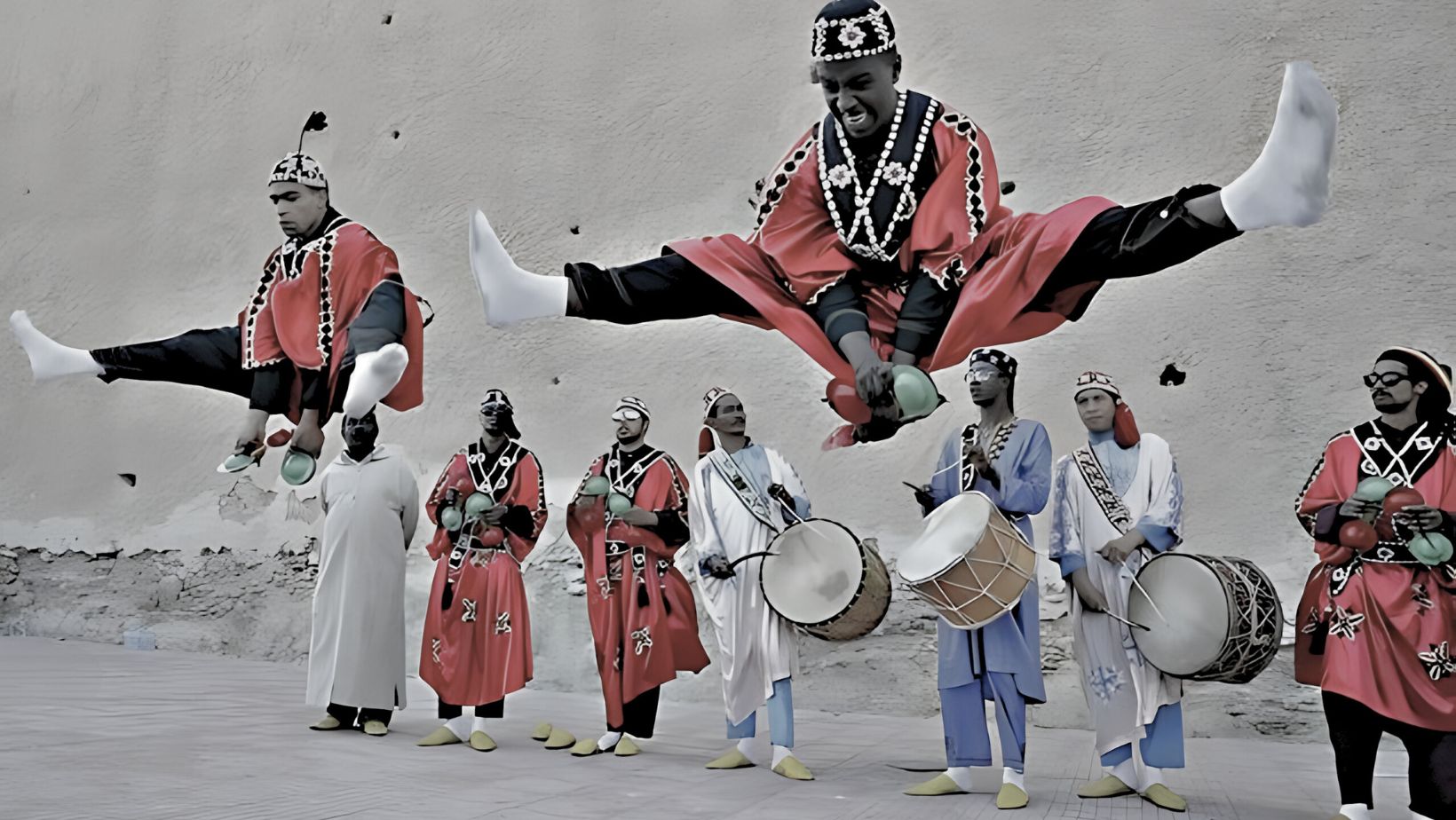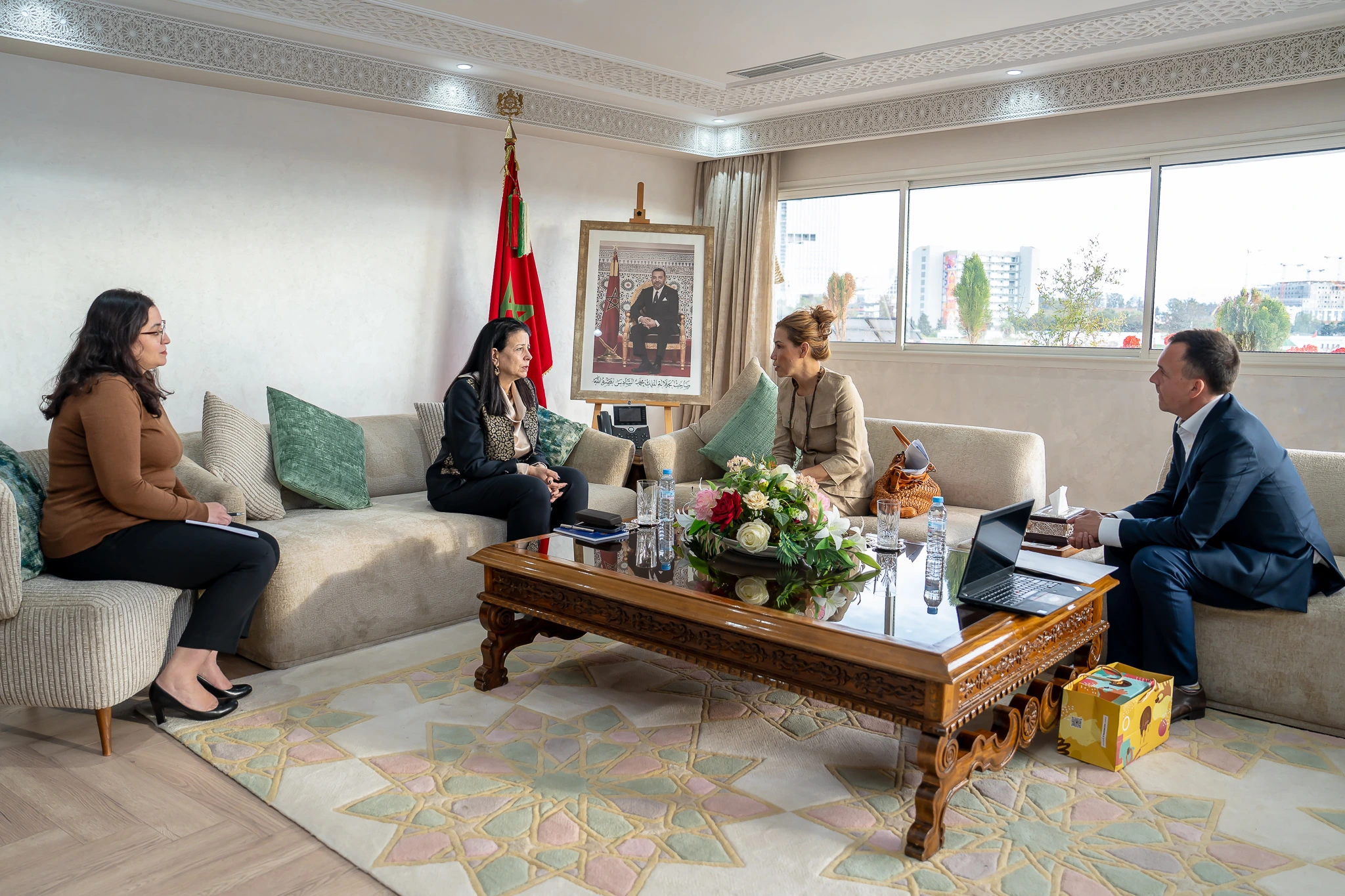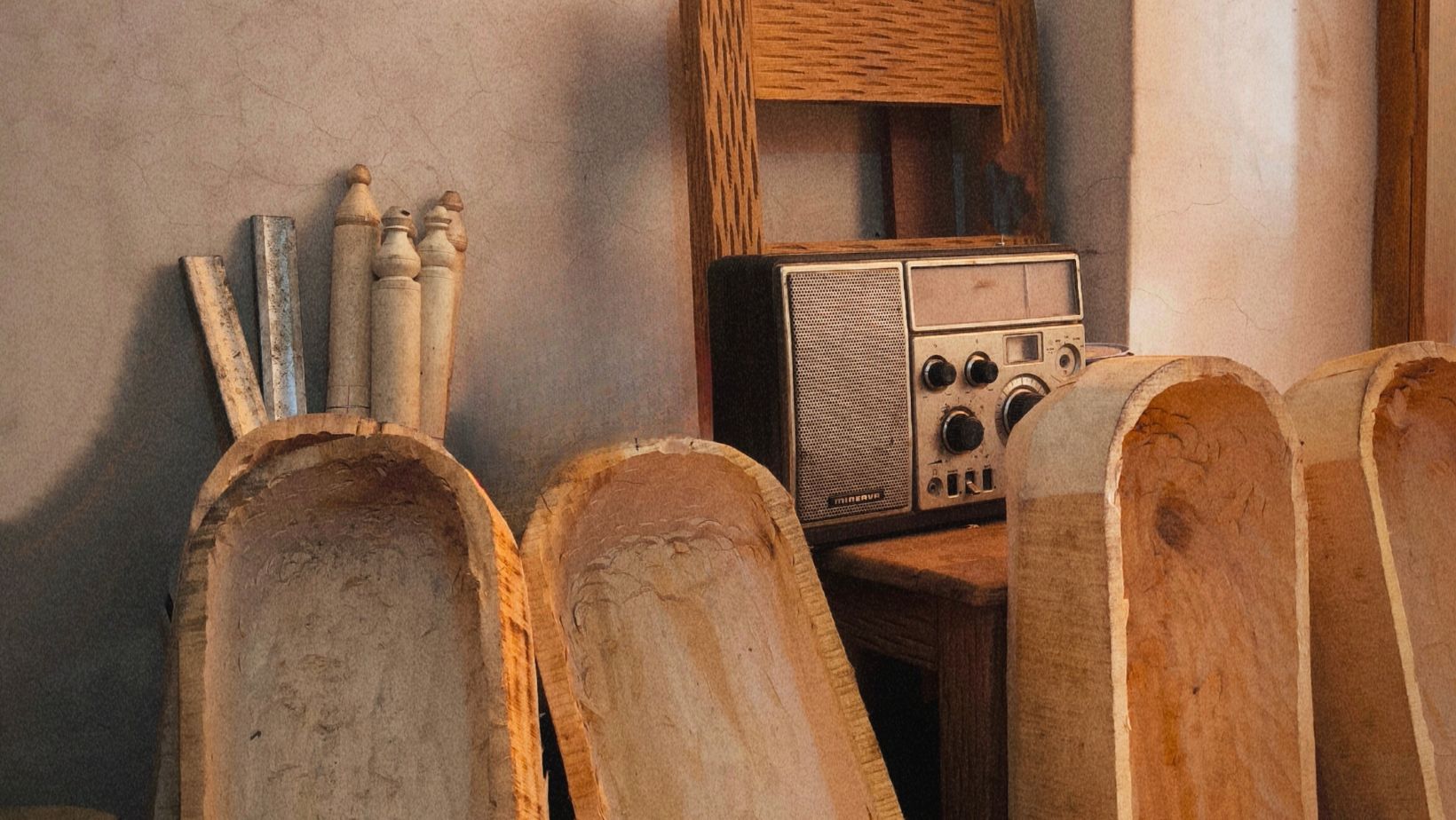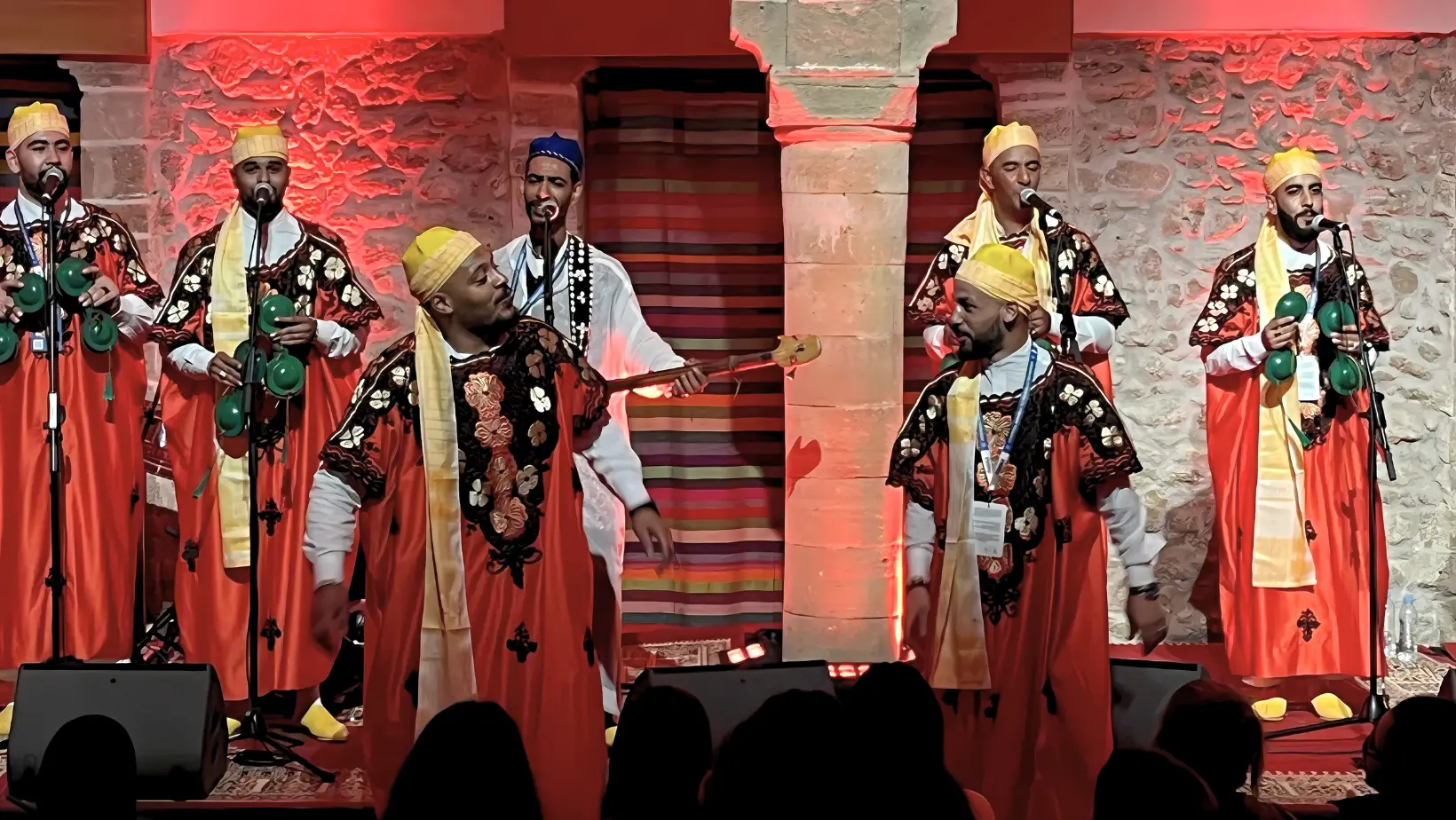The spiritual and musical traditions of Gnawa culture are deeply intertwined with specific locations in Morocco, where the essence of this ancient heritage is most vibrant. These sacred spaces and places hold historical and contemporary significance, serving as hubs for the preservation and celebration of Gnawa rituals, music, and community. In this article, we delve into the specific locations that are central to the vitality of Gnawa culture, exploring their historical roots and contemporary relevance.
1. Essaouira
Nestled along the Atlantic coast, the city of Essaouira stands as one of the most significant centers of Gnawa culture. This vibrant coastal town has been a historical melting pot of cultures, where the Gnawa people found refuge and established their spiritual and musical traditions. The annual Gnaoua World Music Festival, held in Essaouira, has become a global celebration of Gnawa music, drawing artists and audiences from around the world to partake in the rich spiritual and musical experiences that the city offers.
2. Mausoleum of Sidi Bilal in Tamesloht
Tamesloht, a small town near Marrakech, is home to the mausoleum of Sidi Bilal, a revered figure in Gnawa culture. The mausoleum serves as a significant pilgrimage site for Gnawa devotees, who gather to pay homage to Sidi Bilal and partake in spiritual ceremonies. The town is a living testament to the enduring spiritual connections and practices of the Gnawa people, offering a window into the deep-rooted traditions that have been preserved for generations.
3. Jemaa el-Fnaa Square in Marrakech
Jemaa el-Fnaa, the bustling square at the heart of Marrakech, is a contemporary focal point for Gnawa music and culture. Amidst the lively street performances and market stalls, Gnawa musicians and healers gather to share their art and engage with audiences. The square serves as a vibrant urban space where the ancient traditions of Gnawa intersect with modern city life, reflecting the ongoing evolution and adaptation of the culture.
4. The Holy City of Fez
Fez, with its rich cultural and historical legacy, has been a significant center for Gnawa music and spirituality. The city’s medina, a UNESCO World Heritage site, has long been a nurturing ground for the preservation of Gnawa traditions. The intimate courtyards and communal spaces within Fez have provided sanctuaries for Lila ceremonies and spiritual gatherings, fostering the continuation of the culture’s sacred practices.
5. Shrines and Zawiyas
Throughout Morocco, shrines and zawiyas (religious schools or lodges) serve as vital spaces for the perpetuation of Gnawa culture. These sites, often located in rural areas, are where the intimate rituals of Gnawa music and healing take place. They provide a refuge for spiritual practice and communal engagement, offering a glimpse into the core of the culture’s spiritual geography.
In conclusion, the spiritual geography of Gnawa culture is expansive and diverse, encompassing both urban centers and rural landscapes. These locations serve as conduits for the expression, preservation, and evolution of Gnawa traditions, bridging the ancient with the contemporary. By exploring these sacred spaces and places, one gains a deeper appreciation for the enduring spiritual and musical heritage that continues to thrive within the cultural tapestry of Morocco.
